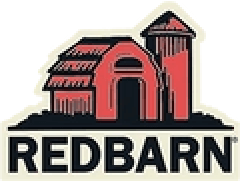The Name Game
-
A Food “With”
When you see “with xxx,” it means the finished product has at least three percent of the listed ingredient. Finding a food “with pumpkin” adds just enough palatability, but “Dog Food with Beef” is not an adequate supply of high-quality protein for your pet.
-
Food “Flavor”
Similar to “with,” when you see “flavor” after the food or treat name, it means the finished product has at least three percent of the mentioned ingredient. Finding a treat with “maple flavor” may be just the right amount of sweet to spoil your pup, but “Chicken Flavored Cat Food” means there is minimal chicken included in the formulation.
-
Recipe, Dinner or Formula
When you see “xxx Recipe,” “Dinner,” “Formula,” or “Entrée,” the food must have at least 25 percent of the listed meat, poultry, or fish. If it is a combination of proteins, like duck and turkey, for example, then the food must have a combination of the two totaling 25 percent but is not required to contain 25 percent duck and 25 percent turkey.
-
Natural Food
Brands can only use the word “natural” if the product is completely free from artificial preservatives, flavors and colors. Pet foods are often labeled “Natural with added vitamins and minerals.” This means the food is natural but supplemented with vitamins and minerals.
-
Complete and Balanced
“Complete” means the food contains all nutrients known to be needed for your pet at the life stage stated on the packaging. “Balanced” means the food provides the proper energy-to-nutrient ratio for the life stage stated. All of Redbarn’s food for cats and dogs offers complete and balanced nutrition.
-
Guaranteed Analysis
This is the pet industry’s version of the Nutrition Facts label found on human food. At a minimum, guarantees must show minimum percentages of crude protein and crude fat, and maximum percentages of crude fiber and moisture. “Crude” refers to the method of testing the product, not the quality of the nutrient itself.
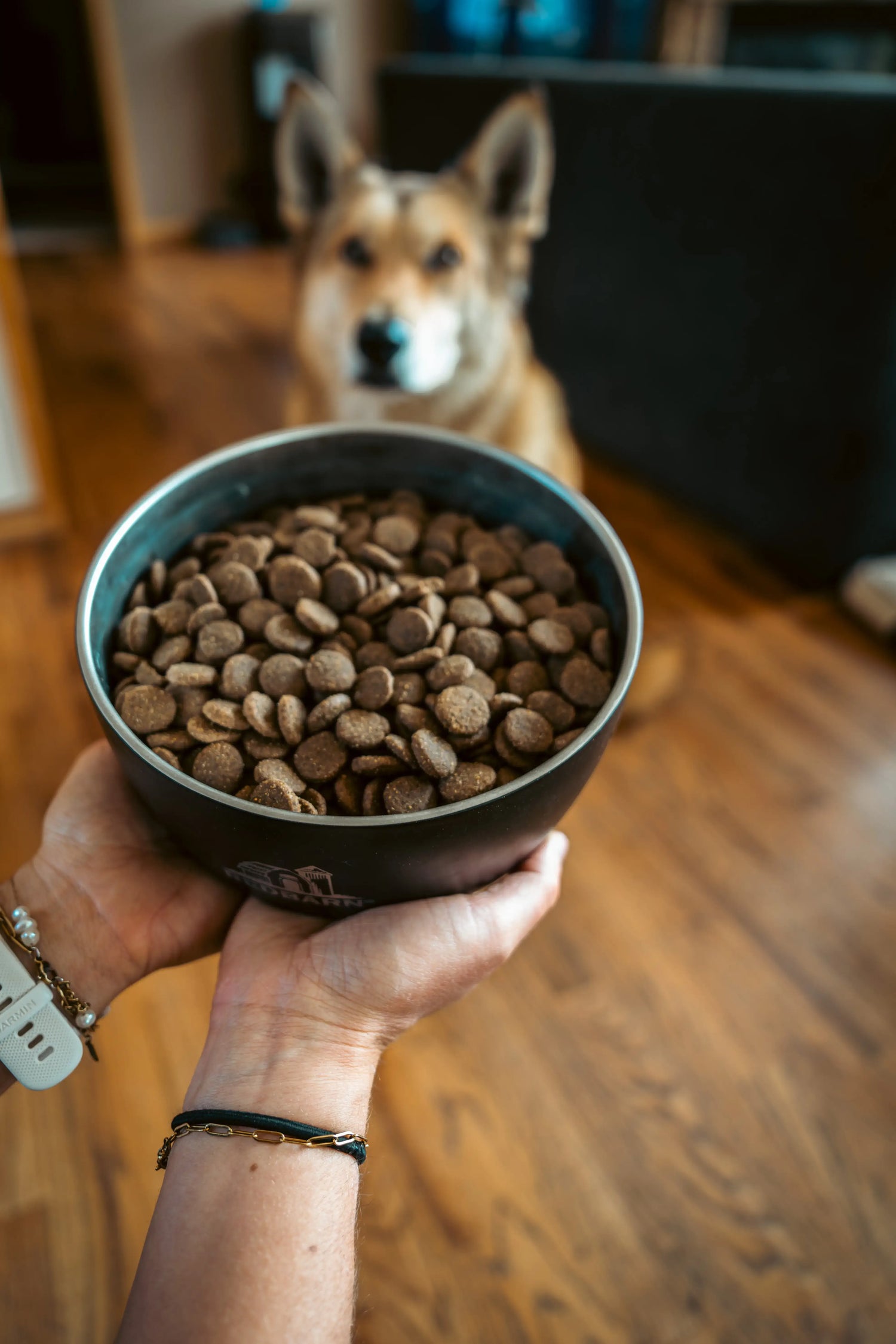
What’s the deal with meals?
You don’t want to see “meal” listed as the first ingredient on your pet’s food. But when properly sourced and manufactured, meals can enhance the nutritional profile of treats.
Meals are the rendered products from mammal tissue, excluding bones, blood, hair, horns, hide trimmings, manure, stomach and rumen contents. The tissue is cooked until all water is removed and baked until it becomes a concentrated powder aka meat meal.
The quality of meals will depend on the quality and source of the meat from the beginning, which is why it’s important to find a pet food brand that has full control over their sourcing, like Redbarn Pet Products. Look for meals with a specific protein source listed before, “chicken meal” for example, rather than generic sources like “meat meal.”
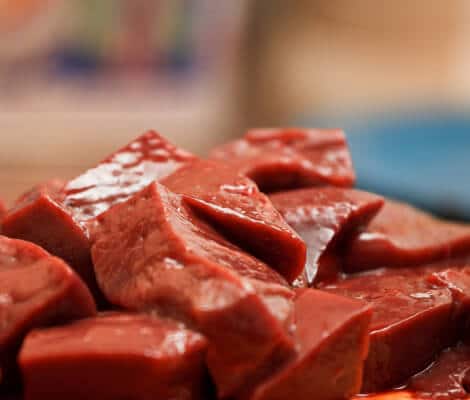
What are by-products?
Redbarn’s by-products are often sourced from nutrient-dense organs your four-legged carnivores would eat in the wild.
By-products are non-rendered, clean parts of a mammal other than the meat and generally not intended for human consumption. This may mean nutrient-dense organs— liver, heart, and kidneys, for example— or lower-quality ingredients like fatty tissue.
Hair, horns, hooves, and teeth, however, are not considered by-products.
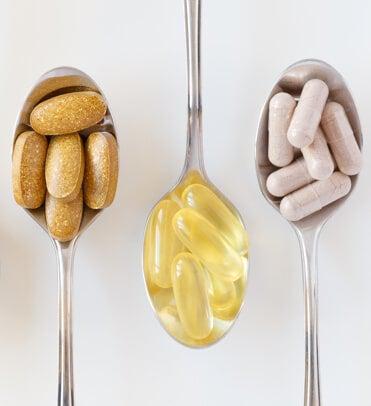
What are essential vitamins and minerals?
Did you know essential vitamins and minerals are never considered natural under AAFCO? That’s why you may see an asterisk near “Natural,” pointing to “with added vitamins and minerals.” These vitamins and minerals are considered essential because your pet’s body cannot produce them on their own. They must get them from food. Each vitamin or mineral plays a role in your pet’s bodily functions, from vision and energy transfer to shiny coats and joint health.
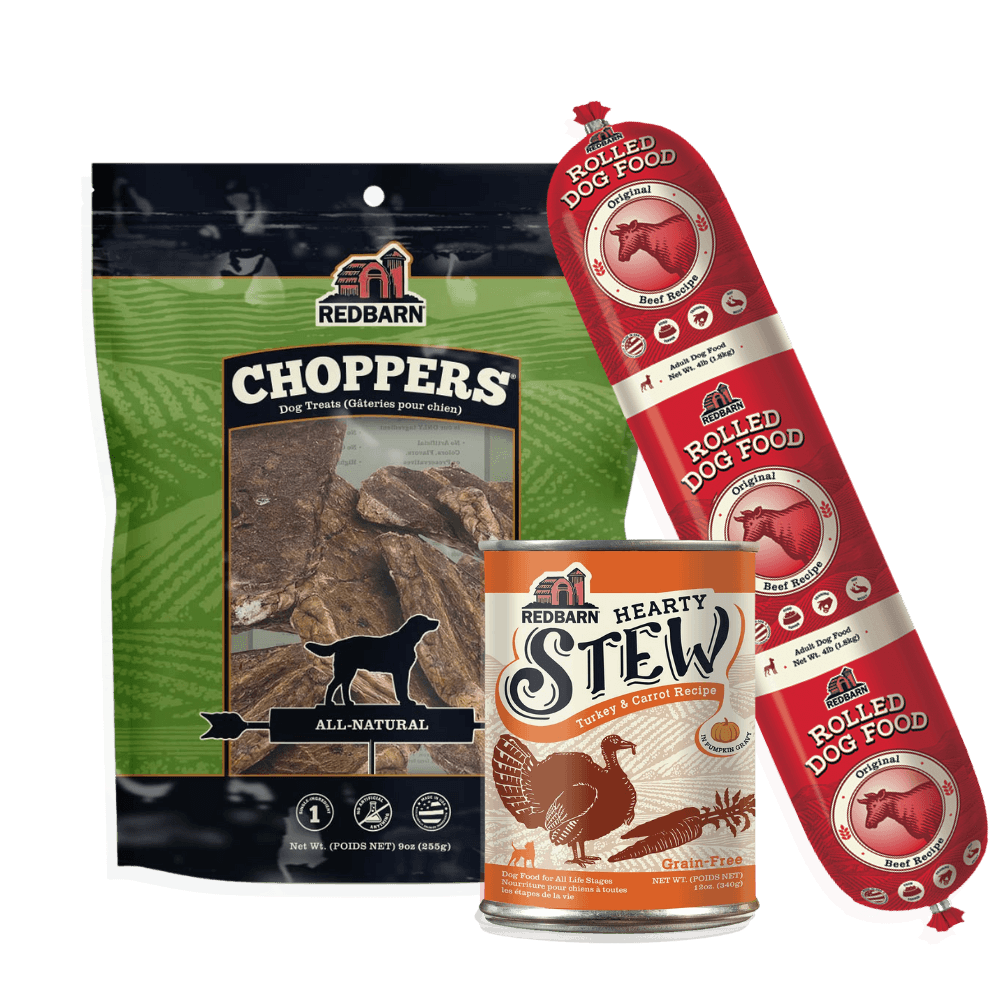
What is AAFCO?
The Association of American Feed Control Officials (AAFCO) is a voluntary organization of government officials, many from the FDA, who set standards for adequate nutrition in animal feed. They protect pets by monitoring label, ingredient, and nutritional requirements. AAFCO is not a regulatory body, but their stamp of approval on labels means the food meets their minimum requirements.
Dive Deeper: What is AAFCO? Redbarn’s Commitment to Transparency
